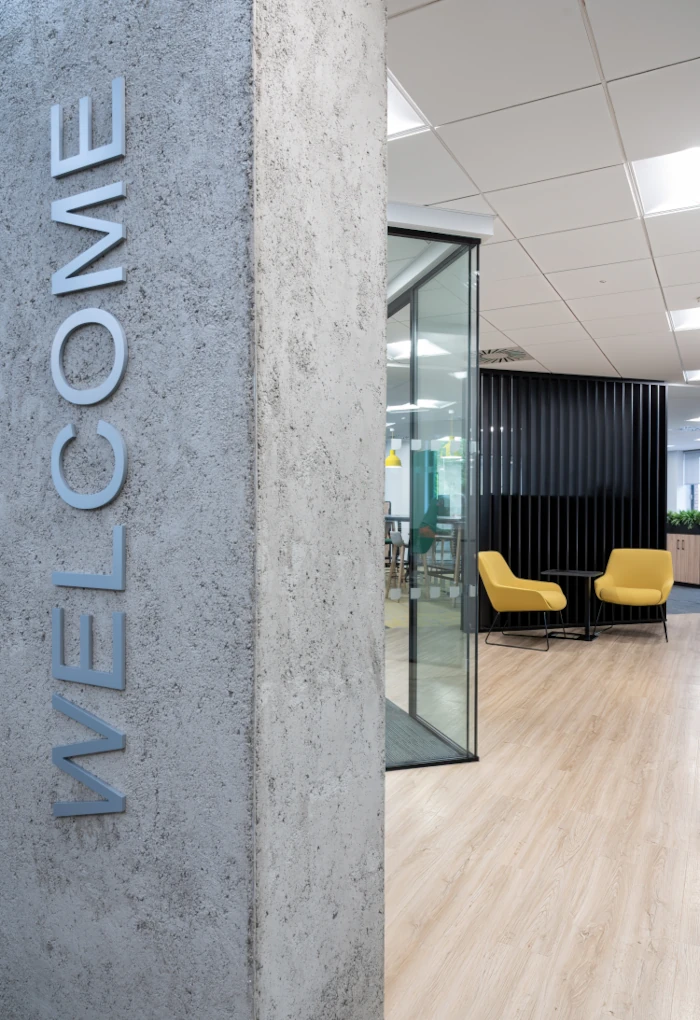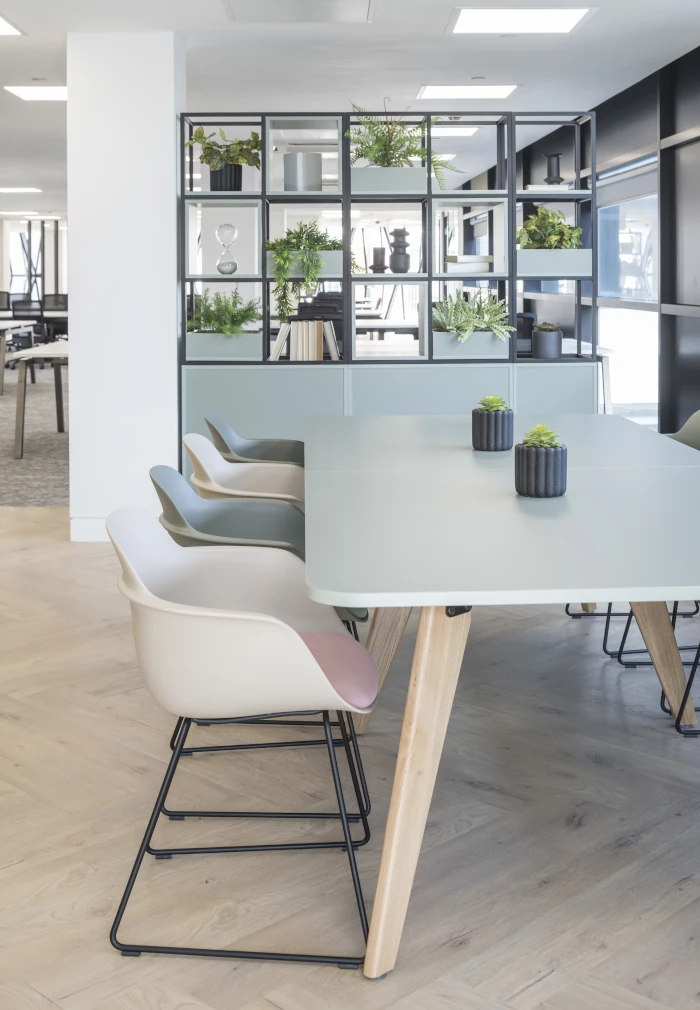Creating an Inclusive Office Space
21/06/24< Back to news index

In today's diverse and dynamic workplaces, fostering inclusivity is not just a moral imperative but also a strategic advantage. An inclusive office design goes beyond aesthetics and layout; it embraces the diverse needs and backgrounds of employees to create an environment where everyone feels welcome and can thrive. Here's a closer look at the key aspects of inclusive office design.
Flexibility and Adaptability
Inclusive office design begins with flexibility. Recognizing that individuals have unique preferences and requirements, a flexible layout allows employees to personalize their workspaces. Adjustable desks, movable partitions, and adaptable furniture make it easier to accommodate diverse working styles and needs.
Accessible Spaces
Physical accessibility is a crucial aspect of inclusivity. Ensure that the office is designed to accommodate individuals with disabilities. This includes wheelchair ramps, elevators, wider aisles, and accessible restroom facilities. Paying attention to these details ensures that all employees can navigate the space comfortably.
Diverse Workstations
Offer a variety of workstations to cater to different preferences and job requirements. Some employees may thrive in open collaboration areas, while others may prefer quiet, enclosed spaces for focused work. Providing a mix of options allows each individual to choose a workspace that aligns with their needs.
Inclusive Technology
Technology plays a pivotal role in an inclusive workplace. Ensure that digital tools and platforms are accessible to employees with varying abilities. This may involve providing screen readers, adjustable font sizes, and other features that enhance usability for everyone.

Cultural Sensitivity
Consider the cultural diversity within your workforce when designing office spaces. Be mindful of cultural nuances in decor, artwork, and communal spaces. Creating a culturally sensitive environment helps employees feel respected and valued.
Quiet Spaces
Recognize the importance of quiet spaces for employees who require concentration or need a break from the hustle and bustle of open areas. Designate quiet zones or relaxation areas where individuals can recharge and focus without disruption.
Gender-Neutral Facilities
Promote inclusivity by providing gender-neutral restrooms and changing facilities. This accommodates the needs of individuals who identify outside traditional gender binaries and contributes to a more welcoming and supportive environment.
Inclusive Meeting Rooms
Ensure that meeting rooms are designed to be inclusive. This includes having accessible entrances, clear signage, and providing options for remote participation. Creating an inclusive meeting environment fosters equal participation and engagement.
Natural Light and Wellness
Prioritize the incorporation of natural light and elements that contribute to employee wellness. Biophilic design, which integrates natural elements into the workplace, has been shown to enhance well-being and productivity. Access to natural light benefits everyone and promotes a healthier atmosphere.
Inclusive Policies and Communication
Inclusive office design goes hand in hand with inclusive policies and communication. Establish clear guidelines on respecting personal spaces, diverse working hours, and cultural practices. Encourage open dialogue to understand the unique needs of your workforce.
In conclusion, an inclusive office design is a multifaceted approach that considers the diverse needs, preferences, and backgrounds of employees. By creating a flexible, accessible, and culturally sensitive environment, organizations can foster a sense of belonging and unleash the full potential of their diverse workforce. Investing in inclusive design is not just a commitment to diversity-it's an investment in innovation, collaboration, and the overall success of the organization.